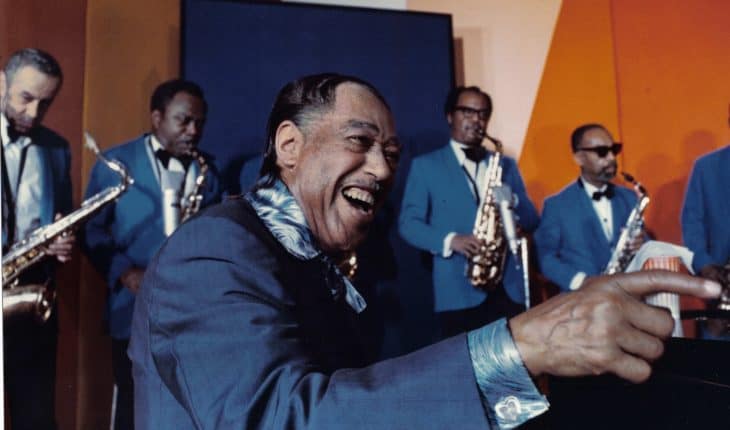
Duke Ellington facts never go out of style. You may know him for his music, his guest appearances, or even simply, by his face. Duke Ellington is one of the greatest jazz musicians that ever graced the planet Earth. His songs have been performed by countless other musicians and inspired many famous jazz artists, even to this day. In fact, he is so widely credited for his contribution to jazz music that there’s even a festival named after him: the Duke Ellington Jazz Festival, which is also known as the DC Jazz Festival.
Listed below are the many facts about Duke Ellington that you’ll love to know if you’re curious about one of the Harlem Renaissance’s pioneers. Whether it’s because you found an odd cartoon with him as a character, or heard his live performance of ‘Take the “A” Train’ somewhere, or even just researching about an inspirational life for fun, there’s something interesting here that will give you a glimpse of this Jazz musician’s creative life.
- Duke began playing ragtime professionally at 17.
- He wrote his first song, “Soda Fountain Rag” at 15.
- Mayor Michael Bloomberg of New York City declared April 29 to be Duke Ellington Day.
- About 12,000 people went to his funeral.
- Duke Ellington’s 14-member band was chosen for their individual playing styles.
- His real name is Edward Kennedy Ellington.
- He was born in Washington, D.C. on April 29, 1899
- He was a composer for the film industry as well.
- Edna Thompson was his wife.
- His parents were pianists Daisy and James Edward Ellington.
- He is the pioneer of Big Band Jazz.
- He studied at the Armstrong Technical High School.
- His successful career expanded for over fifty years.
- He had won nine Grammy awards in his lifetime.
- Duke was also given a Pulitzer Prize award after his death.
- One of the most famous jazz songs, Take the “A” Train, is by Duke Ellington.
- From 1923 to 1974, songs that were performed by the Duke Ellington band were led by the Duke himself.
- Duke Ellington performed in the White House for former President Richard Nixon.
- The nickname “Duke” came from his childhood friends, thanks to his mother teaching him to be respectful.
- The bandmates also called him “Dumpy” because of the way he ate generously.
Was this page helpful?
Our commitment to delivering trustworthy and engaging content is at the heart of what we do. Each fact on our site is contributed by real users like you, bringing a wealth of diverse insights and information. To ensure the highest standards of accuracy and reliability, our dedicated editors meticulously review each submission. This process guarantees that the facts we share are not only fascinating but also credible. Trust in our commitment to quality and authenticity as you explore and learn with us.
